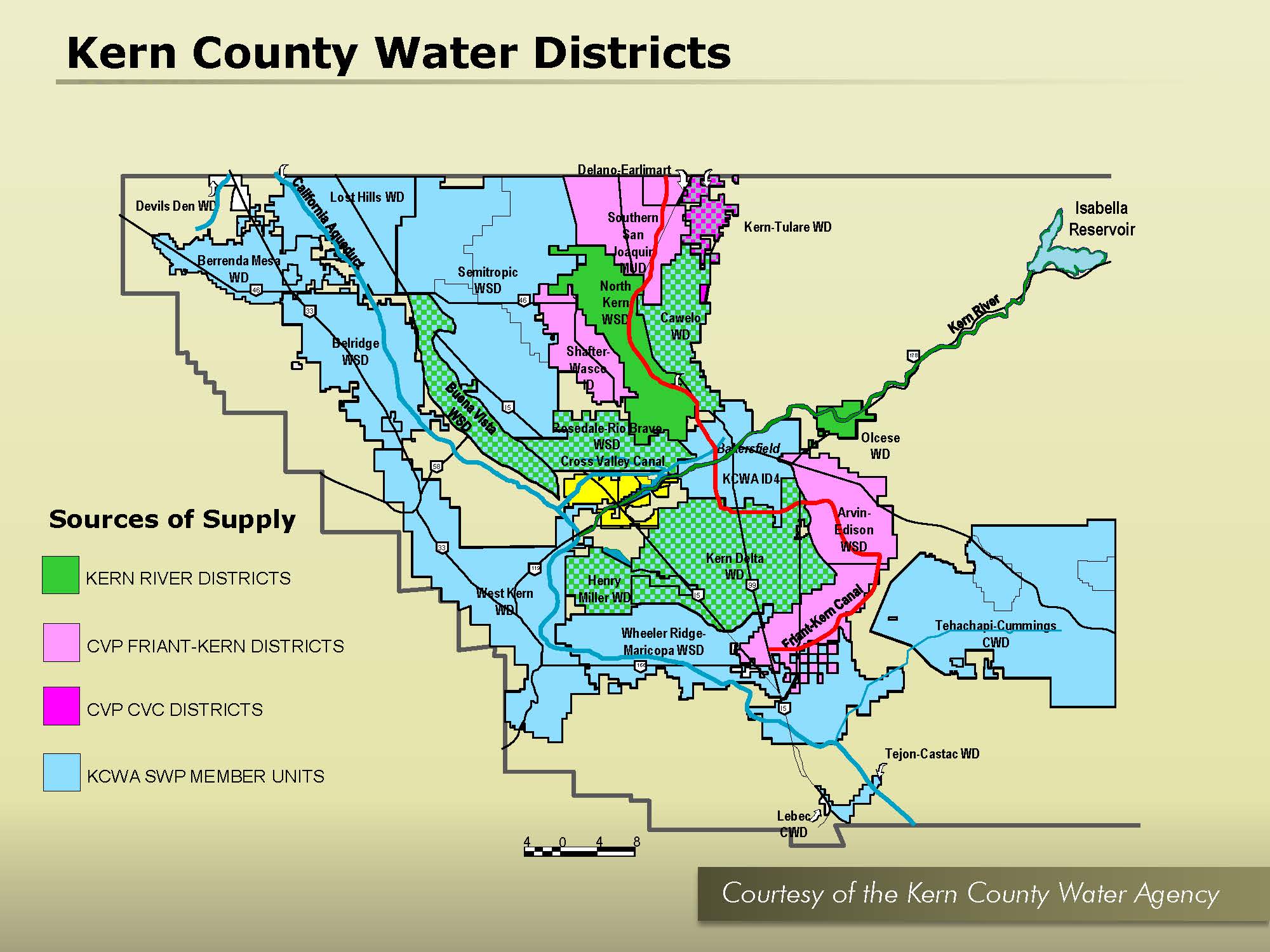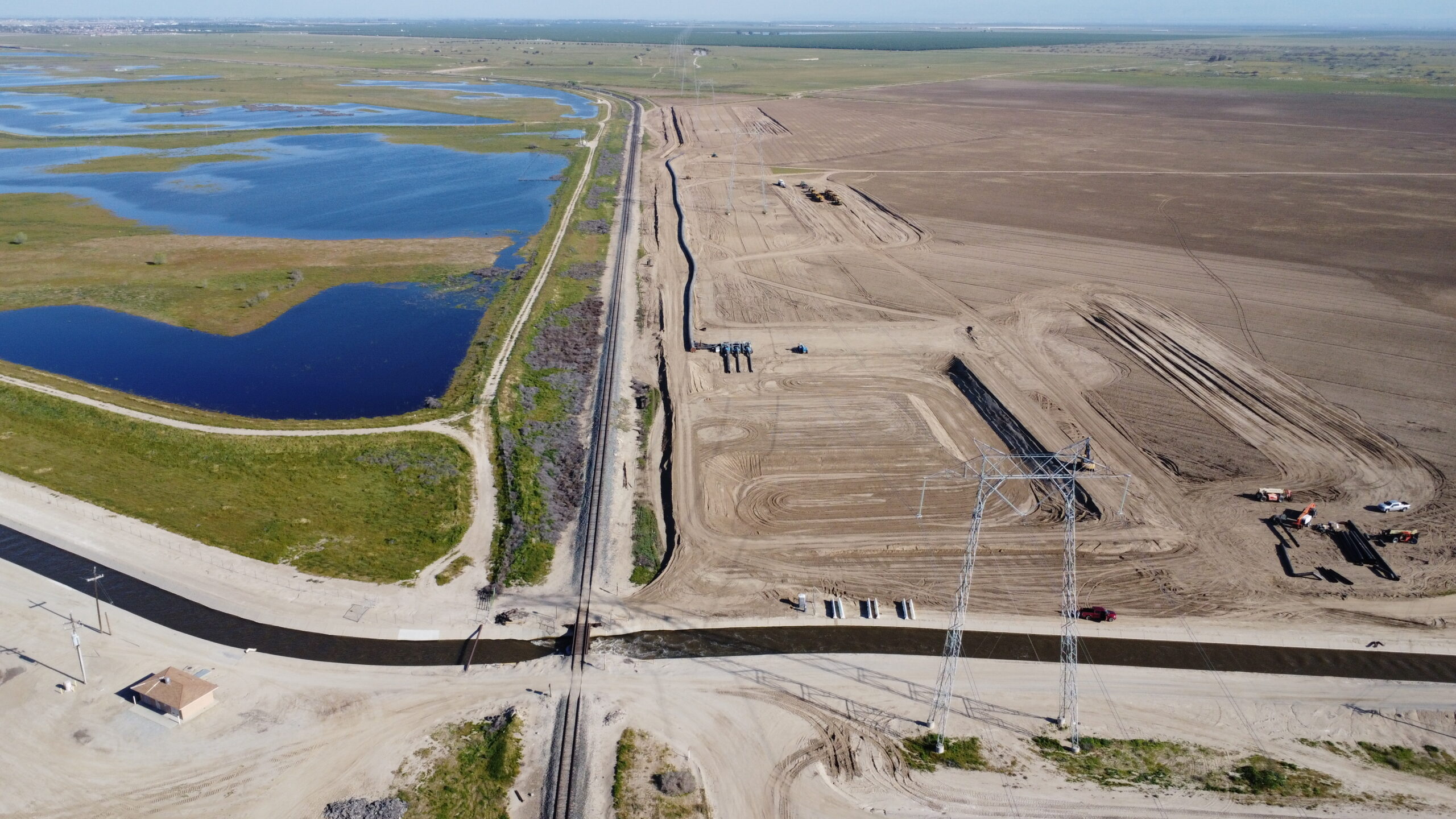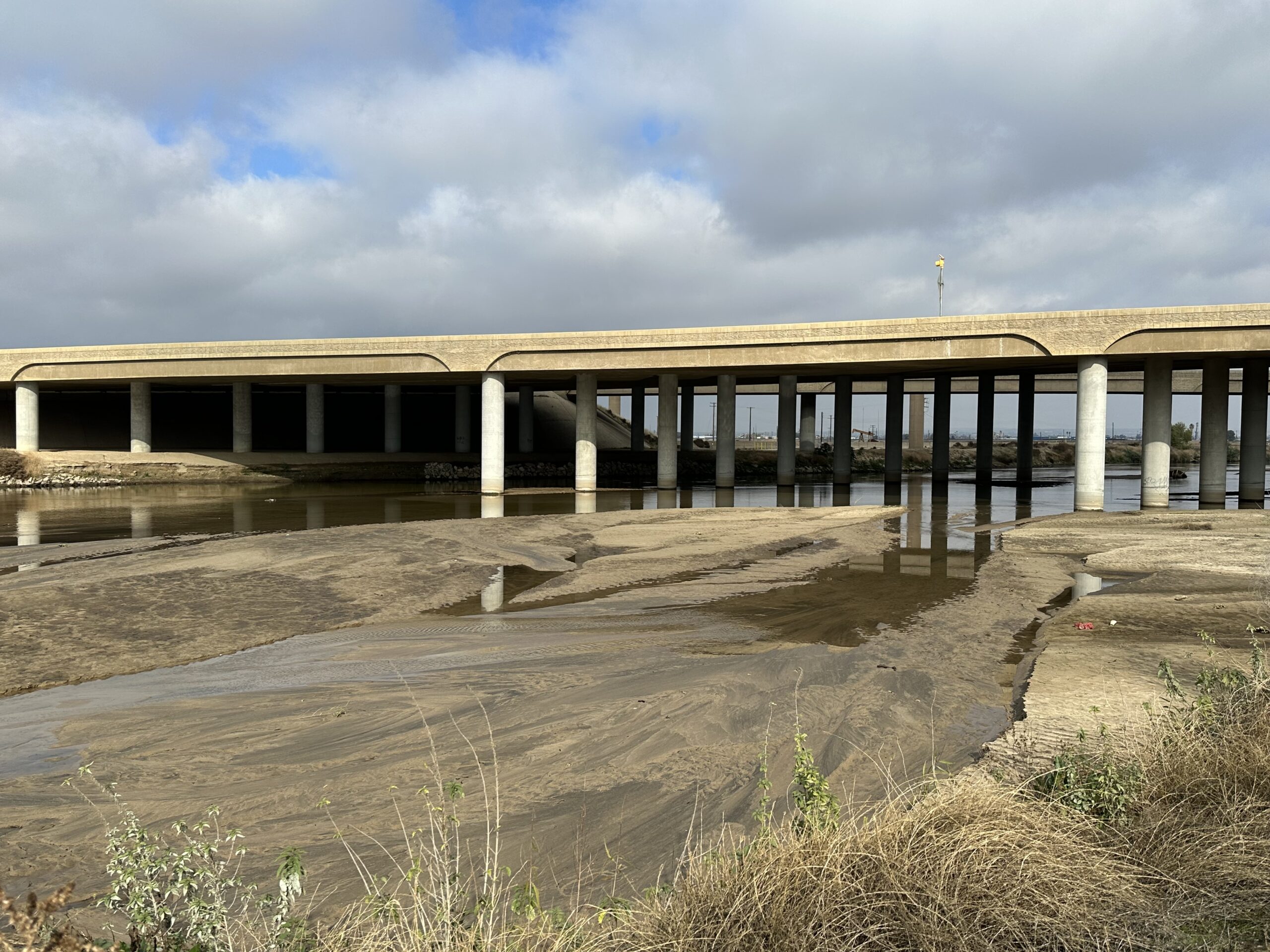Reviews are in and Central Valley groundwater plans are coming up short.
The plans aren’t aggressive enough in stemming plummeting groundwater levels and land subsidence; they are overly reliant on the hope of new water as a fix; and they don’t work regionally.
Those were the takeaways from a review by the Public Policy Institute of California, which looked at 36 of the 41 plans submitted to the state Department of Water Resources so far.
The PPIC outlined its findings during a webinar Thursday morning.
Yes, the plans may have shortcomings, webinar attendee Geoff Vanden Heuvel, director of regulatory affairs for the California Milk Producers Council, wrote in an email to PPIC presenters.
But groundwater accountability on this level is brand new in California.
Finding their way
If water managers haven’t yet found enough ways to reduce demand, it shouldn’t come as a surprise.
The state’s Sustainable Groundwater Management Act, itself recognized the complexities and potential economic hit to valley agriculture, which is why it allows 20 years for compliance, Vanden Heuvel noted.
Other water managers agreed.
“We don’t have enough trend information to say if the plans are doing what they need to do,” said Jason Gianquinto, General Manager of Semitropic Water Storage District, a sprawling ag district in western Kern County that has a 165,000 acre-foot groundwater deficit. Gianquinto did not attend the webinar.
Patchwork management
Though each of the groundwater plan shortcomings listed by the PPIC Thursday is concerning, researcher Jelena Jezdimirovic emphasized the need for a more regional approach to groundwater planning.
Especially when it comes to water recharge projects listed in the groundwater plans. The PPIC found most plans focus heavily on recharge to replenish aquifers.
“Any one of these recharge projects might be sound in yield estimates,” she said. “But when you put all these projects together and you look at the entire valley, the numbers for water supply expansion just don’t add up.”
She said water managers are often counting on the same potential flood water from valley rivers that other water managers are counting on as well.
Meaning, water supplies are being double, or even triple counted, by different groundwater sustainability agencies.
“That’s the danger of the super localized nature of these plans,” Jezdimirovic said. “They need to look at the big picture.”
That kind of patchwork planning calls for some kind of larger oversight agency, said Ellen Hanak, Vice President and director of the PPIC Water Policy Center.
That is just one of PPIC’s recommendations to DWR, Hanak said.
It would also like to see incentive money for innovative ways to reduce pumping demand, such as groundwater markets and trading on a regional or even valley-wide scale.
“And the state should pilot a new approach to floodwater,” Hanak said. “The current system relies on allocations based on the old ‘first in time, first in right’ method. We’re suggesting maybe an auction mechanism.”
SGMA sins
SGMA calls for severely overdrafted groundwater basins to come into balance by 2040. Balance is defined as avoiding six undesirable results — degraded water quality, reduction of groundwater storage, sea water intrusion, surface water depletion, chronic lowering of groundwater levels and land subsidence.
They’re known as the six deadly sins of SGMA.
The PPIC looked at how the plans would affect two of those sins, groundwater levels and land subsidence.
Allowable groundwater levels in the plans PPIC reviewed were especially bad, meaning too low, Jezdimirovic said.
“And that’s a challenge for domestic wells. Three of seven groundwater plans in the Kings subbasin acknowledge that 600 domestic wells will go dry (under the plan) but don’t note that as a significant impact.”
High stakes
The PPIC mapped where groundwater plans addressed domestic wells either through maintaining higher groundwater levels or providing some kind of mitigation, such as digging deeper community wells or providing emergency replacement water, and where plans were simply silent on the issue of domestic wells.
The silent option was marked in red on a map of the San Joaquin Valley.
Results showed huge swaths of red covering the center part of the valley.
“Many of the shallow wells that could be impacted serve disadvantaged communities so the stakes here are pretty high,” Jezdimirovic said.
Coincidentally, a UC Davis PhD student named Kristin Dobbin conducted her own review of groundwater plans including how, or whether, they addressed domestic drinking water wells.
She said only 17 of the 41 plans she reviewed included any analysis of how a groundwater plan’s “minimum thresholds” for groundwater levels would affect domestic wells and 12 plans had zero information about domestic wells in the plan area at all.
Paying for poor planning?
None of this was surprising to Debi Ores, a senior attorney with Community Water Center, a nonprofit that advocates for drinking water in under served communities.
“Some of the groundwater plans we’ve reviewed are refusing to acknowledge that if 50 to 80 percent of wells go dry in their region, that’s an undesirable result,” Ores said.
Instead of taking responsibility, Ores said groundwater plans are relying on a new state fund, the Safe and Affordable Funding for Equity and Resilience (SAFER) fund, passed by last year to try and help small, failing water systems in disadvantaged communities, to pay for impacts.
“SAFER was not meant as a backstop for poor SGMA implementation,” Ores said.
Critics of groundwater plans are focusing, wrongly, on “minimum thresholds,” said Eric Limas, General Manager of the Pixley and Lower Tule River irrigation districts, which have been called out by Community Water Center for putting domestic wells in jeopardy.
If water managers allow groundwater levels to slip below minimum thresholds, the basin would be out of SGMA compliance, Limas said. Those are the “red line” they can’t go below.
But they manage to a higher groundwater level known as “measurable objectives.”
“The key point is we’re managing to the measurable objectives,” he said. “Without SGMA and the restrictions we’ve already started implementing, where would domestic wells be versus what we’re doing?
“Our plan should make things better.”
Share this:
- Click to share on Facebook (Opens in new window)
- Click to share on Twitter (Opens in new window)
- Click to share on LinkedIn (Opens in new window)
- Click to share on Reddit (Opens in new window)
- Click to share on Tumblr (Opens in new window)
- Click to share on Pinterest (Opens in new window)
- Click to share on Pocket (Opens in new window)
- Click to share on Telegram (Opens in new window)
- Click to share on WhatsApp (Opens in new window)
- Click to print (Opens in new window)






